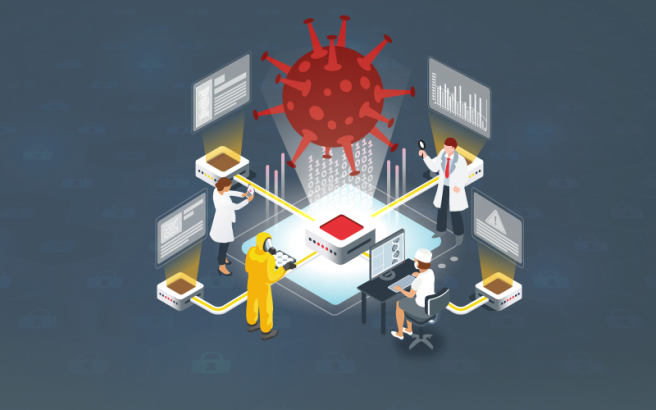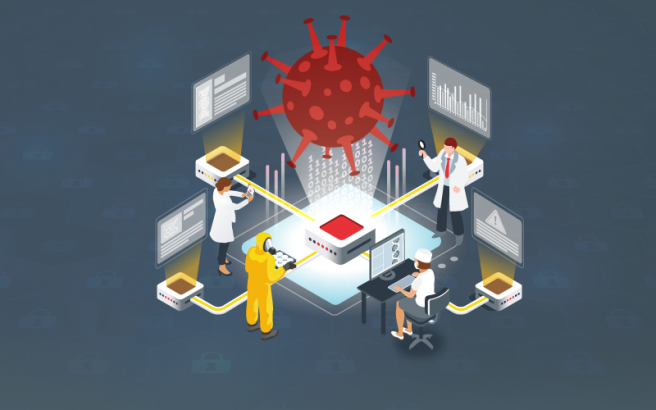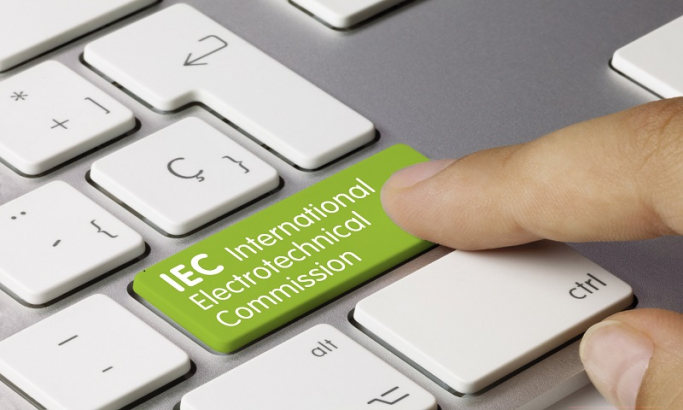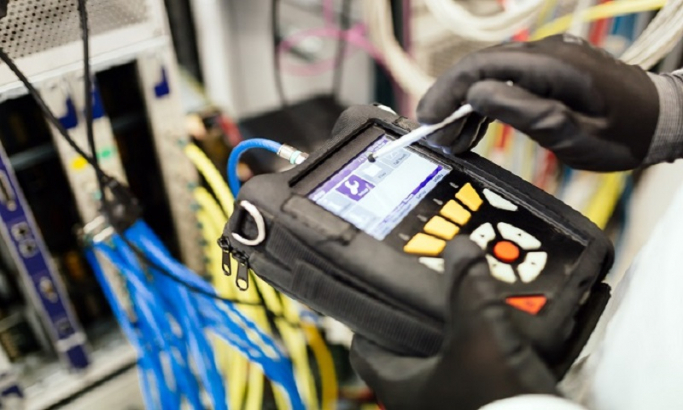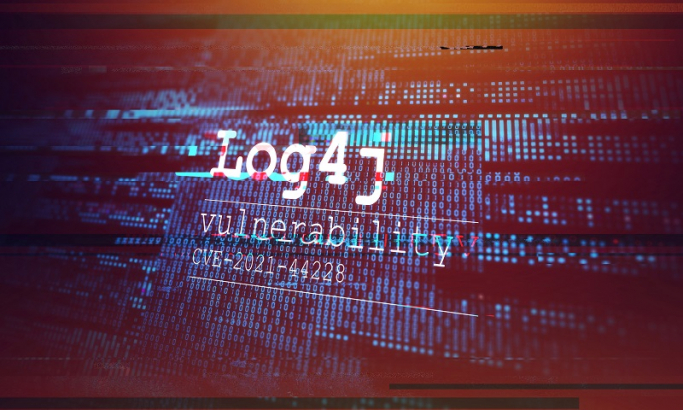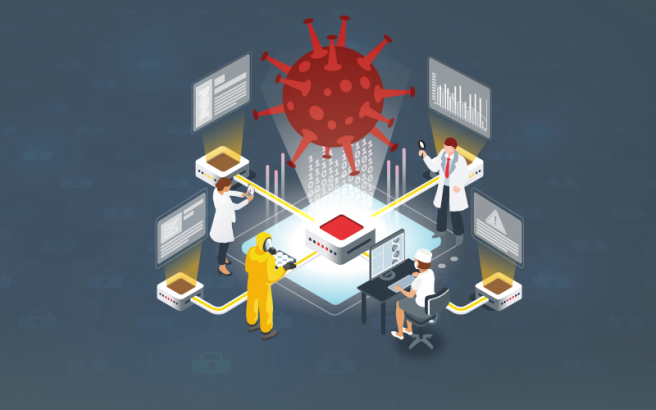Attacks on analog sensors in OT
Posted on 06/10/2022, by
INCIBE (INCIBE)

In order to increase security levels in OT networks, there are now solutions that monitor networks, devices and configurations, actively looking for anomalies and possible security flaws and intrusions that could take place. However, there are other types of attacks on ICS that are carried out on a completely different plane, where anomaly analysis systems can’t reach. These are attacks on analog sensors.
Etiquetas




